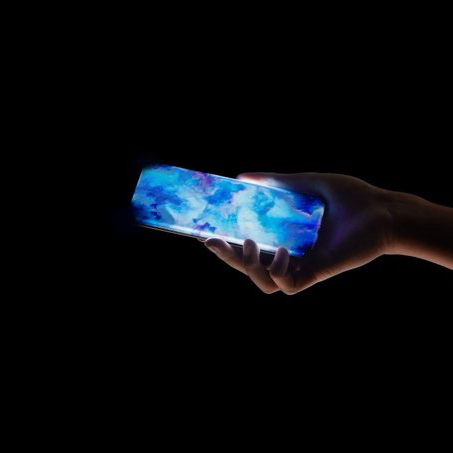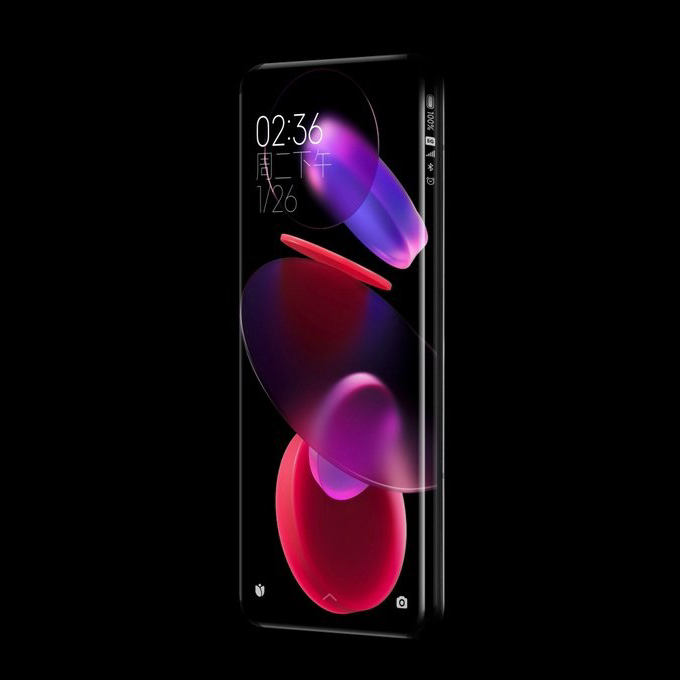Xiaomi has a vision for the future of smartphones, and it involves a whole lot of screen. The company is showing off its latest concept device, and it’s a phone with a portless design and a display that curves around all four of the edges of the device.
The concept, called the Xiaomi Quad-Curved Waterfall Display Concept, involves the use of what Xiaomi says is a “revolutionary hyper quad-curved 88-degree surface,” and it was apparently not so easy to make. According to the company, the glass was built by hot-bending glass at an 800-degree temperature, and required the use of four different polishing tools, and up to 10 polishing procedures.
Now, while building this display clearly involves some pretty incredible engineering, there is some question as to whether or not people actually want a phone like this. Curved display phones are actually kind of on their way out. They’re starting to look a little dated, plus they’re easy to accidentally press — and on a device with a display on all four sides, it’s hard to imagine that not being an issue.
The other big difference between this phone and other phones on the market is the portless design. Not only does it do away with the USB-C port, but it also boasts under-display cameras, eSIM chips, pressure-sensitive touch sensors, and a so-called “flexible film display acoustic technology” for the built-in speakers.
Companies have been moving in this direction for a few years now, and it’s even expected that in the next few years, Apple will finally ditch the Lightning port — for a fully portless phone. A portless phone could make for better water resistance, and would require the use of wireless charging, since it can’t charge by being plugged in.
Xiaomi itself recently made some announcements around remote wireless charging. Called “Air Charge,” the new tech can apparently charge multiple devices at a time, and works within a radius of several meters. Devices can be charged at speeds of up to 5W, which isn’t all that fast, but given the fact that you could potentially keep using your device normally while charging it, that seems like a fair trade-off. Xiaomi also says that this tech will work with watches and fitness bracelets, and could make living rooms “truly wireless.” Of course, several companies, including the likes of Energous, have been working on tech like this for years, and it has yet to really see the light of day, so we’ll have to wait and see if it can gain any traction.





